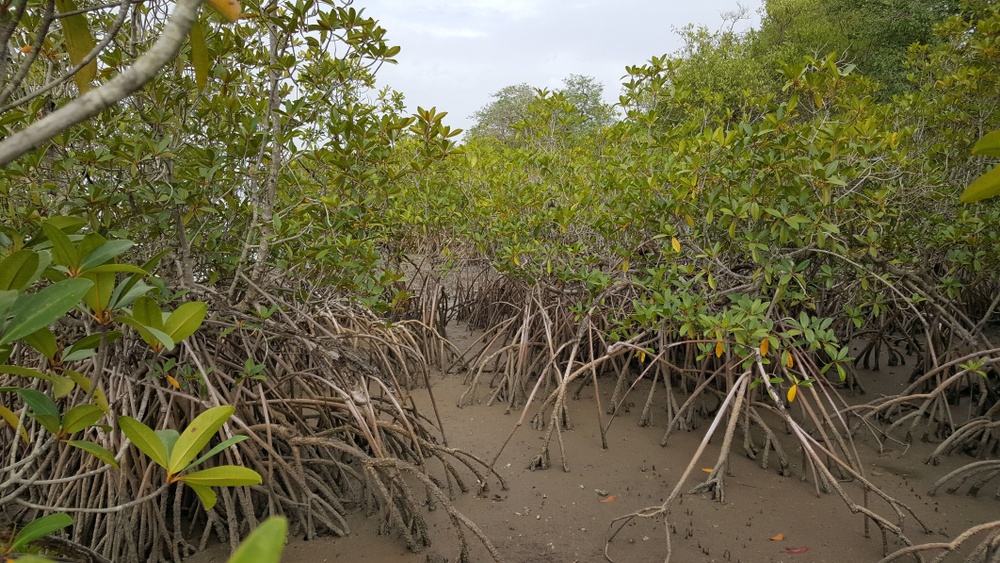Kiang West Overview
Kiang West National Park, located in the southwestern region of The Gambia, is a remarkable protected area encompassing approximately 42 square miles (109 square kilometers). Established in 1987, it is one of the largest and most important national parks in the country. Nestled along the southern bank of the Gambia River, this park is a vital sanctuary for a diverse array of flora and fauna, offering a glimpse into the rich natural heritage of the region.
The park’s landscape is a mosaic of varied ecosystems, including savannah woodlands, mangrove swamps, tidal flats, and dense forest patches. This diversity of habitats supports an impressive range of wildlife, making Kiang West a hotspot for biodiversity in The Gambia. The tidal flats and mangroves are particularly significant, as they provide crucial breeding and feeding grounds for numerous bird species and marine life.
Kiang West National Park is home to an array of mammal species, including bushbucks, warthogs, baboons, and the elusive West African manatee. Visitors might also spot the charming patas monkey and the nocturnal bushbaby. The park’s rich avifauna is a major draw for birdwatchers, with over 300 bird species recorded. Notable birds include the African fish eagle, the vibrant Abyssinian roller, and various species of kingfishers and herons. The diverse birdlife, along with the serene riverine environment, makes for an unforgettable birdwatching experience.
Exploring Kiang West National Park can be a thrilling adventure, whether by boat along the Gambia River or on foot through its network of trails. Boat trips offer a unique perspective of the park’s mangrove ecosystems and the chance to see aquatic wildlife, including hippos and crocodiles. On land, guided walks provide insights into the park’s flora and fauna, allowing visitors to immerse themselves in its natural beauty. The park’s varied terrain, from flat savannahs to forested areas, offers a range of experiences for different levels of adventure and interest.
Conservation efforts in Kiang West National Park are crucial to preserving its unique ecosystems and wildlife. The park faces challenges such as habitat degradation and human-wildlife conflict, but ongoing initiatives aim to mitigate these threats. Efforts include community engagement programs that involve local populations in conservation activities and promote sustainable resource use. By fostering a sense of ownership and responsibility among the local communities, these programs help ensure the long-term protection of the park’s natural resources.
Kiang West National Park is also a site of cultural significance. The local communities have lived in harmony with the natural environment for generations, and their traditional knowledge and practices are integral to the park’s conservation efforts. Visitors can learn about the local culture and the importance of sustainable living from these communities, adding a cultural dimension to their visit.
In summary, Kiang West National Park is a biodiverse haven that showcases the rich natural heritage of The Gambia. Its diverse landscapes, abundant wildlife, and vibrant birdlife make it a must-visit destination for nature enthusiasts and eco-tourists. The park’s commitment to conservation and community involvement underscores its importance as a model of sustainable environmental management. Whether navigating the tranquil waters of the Gambia River or trekking through its varied terrains, visitors to Kiang West National Park will be captivated by its natural splendor and ecological significance.










































































